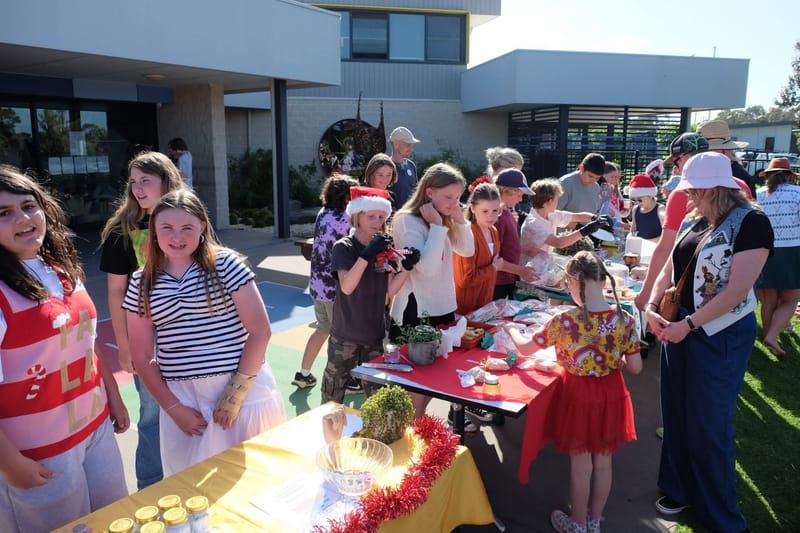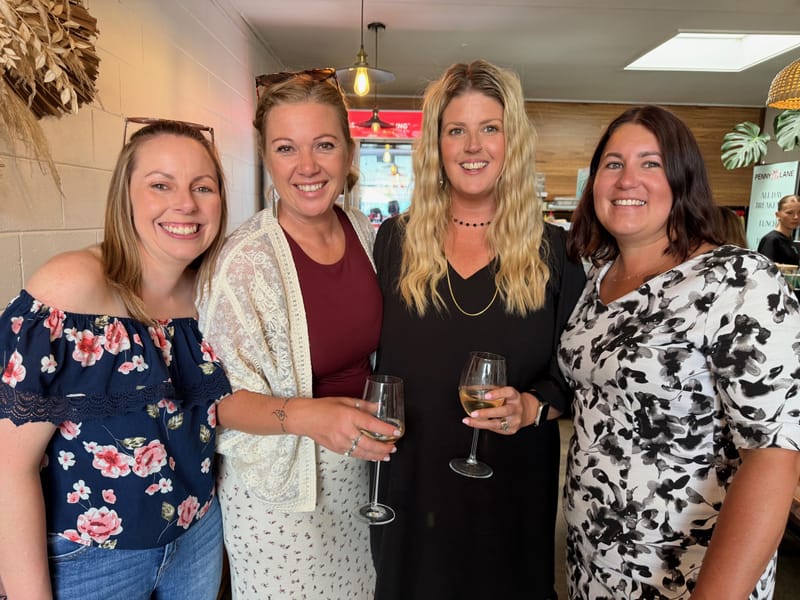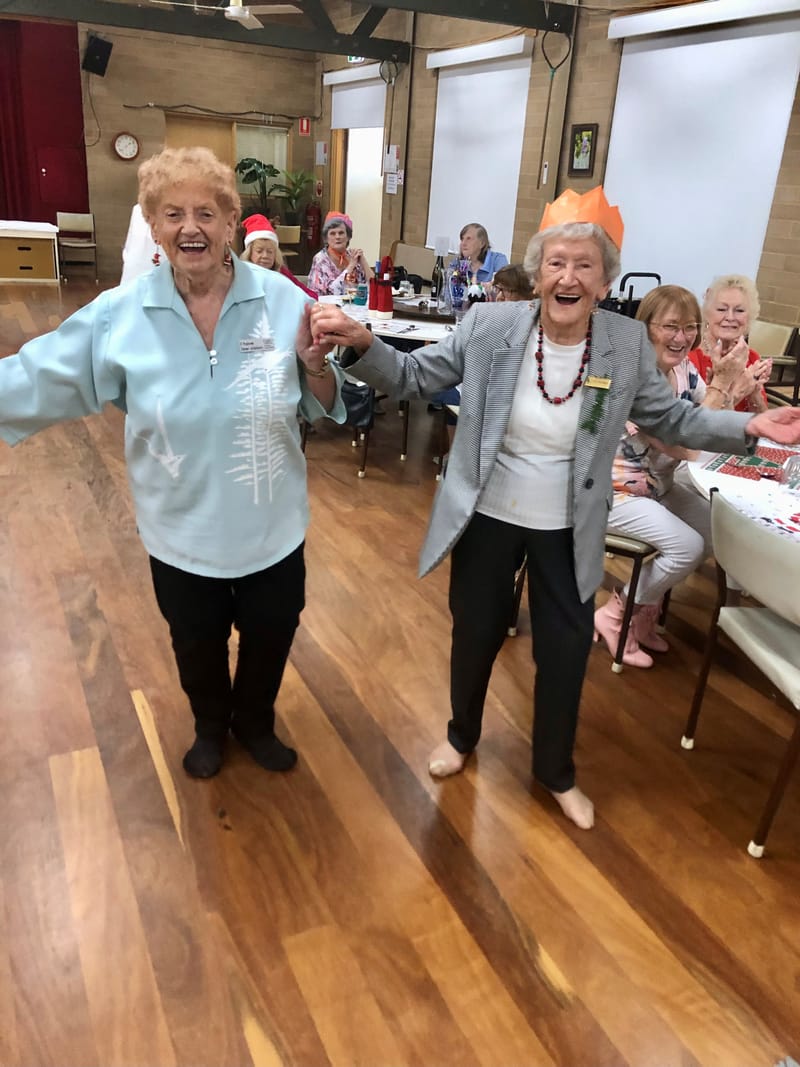Rosie the Shark: how is she now?
COVID-19 has been good for Rosie the Shark.
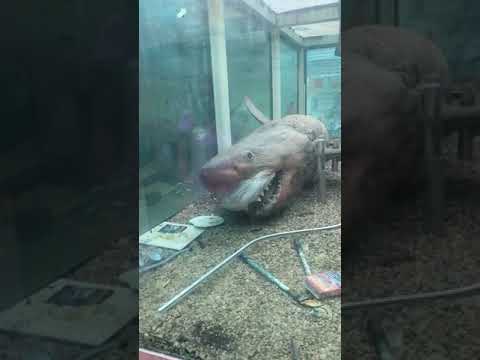
COVID-19 has been good for Rosie the Shark.
After being hidden away for decades in her formaldehyde-filled tank at the derelict Wildlife Wonderland Giant Earthworm Museum in Bass, Rosie is now being seen by more people than ever before.
According to her new owner at Crystal World in Devon Meadows – where Rosie was trucked in a mammoth operation in February 2019 – visitors can’t get enough of the five-metre-long fish.
“It has been crazy since Covid, we can’t handle any more business,” says owner Tom Kapitany, adding the shark is on display free of charge.
“People aren’t travelling overseas and fewer are going interstate so the interest in Rosie has only grown since we got her here. We have people coming here taking videos of themselves with Rosie for TikTok and YouTube and uploading photos of themselves on Facebook, which has meant the momentum has continued.”
Rosie became a social media sensation and hit the international headlines in 2019 after a series of YouTube videos – filmed by a subculture of trespassers known as urban explorers – went globally viral, spawning unwanted vandals and trespassers.
In a massive operation, 15,000 litres of the carcinogenic formaldehyde was removed and a crane hoisted her 10-tonne tank on to a truck, which was then driven 60km to her new home.
Tom says the “most well-known shark in the world” will hopefully be moved from her outdoor tank in Crystal World’s carpark into her new digs by about October.
He has been jumping through numerous planning requirements – most recently an indigenous heritage survey – in order to get approval to build a 400m2 exhibition building, which will include a specially-designed concrete slab to hold Rosie’s tank.
“As soon as the City of Casey council approves it – which may be in June – we’ll start building, which will take about three months. Covid has delayed the whole plan.”
In the meantime, Rosie is looking better than ever.
“She’s very stable. The glycerine is looking after her very well. She’s better off than when we got her,” Tom says.
After initially washing out her tank with water (neutralising the water with baking soda), Tom and his team opted to preserve Rosie in glycerine – a colorless, odorless, sweet, non-toxic liquid.
Glycerine costs $300 for one litre and they have so far used 5000 litres ($16,500) to fill the tank.
(continued below video)
Education
Tom is a geologist, botanist and entrepreneur who travels the world chasing fossils and who also owns the National Dinosaur Museum in Canberra, with Crystal World selling geological specimens, fossils, meteorites, crystals and minerals.
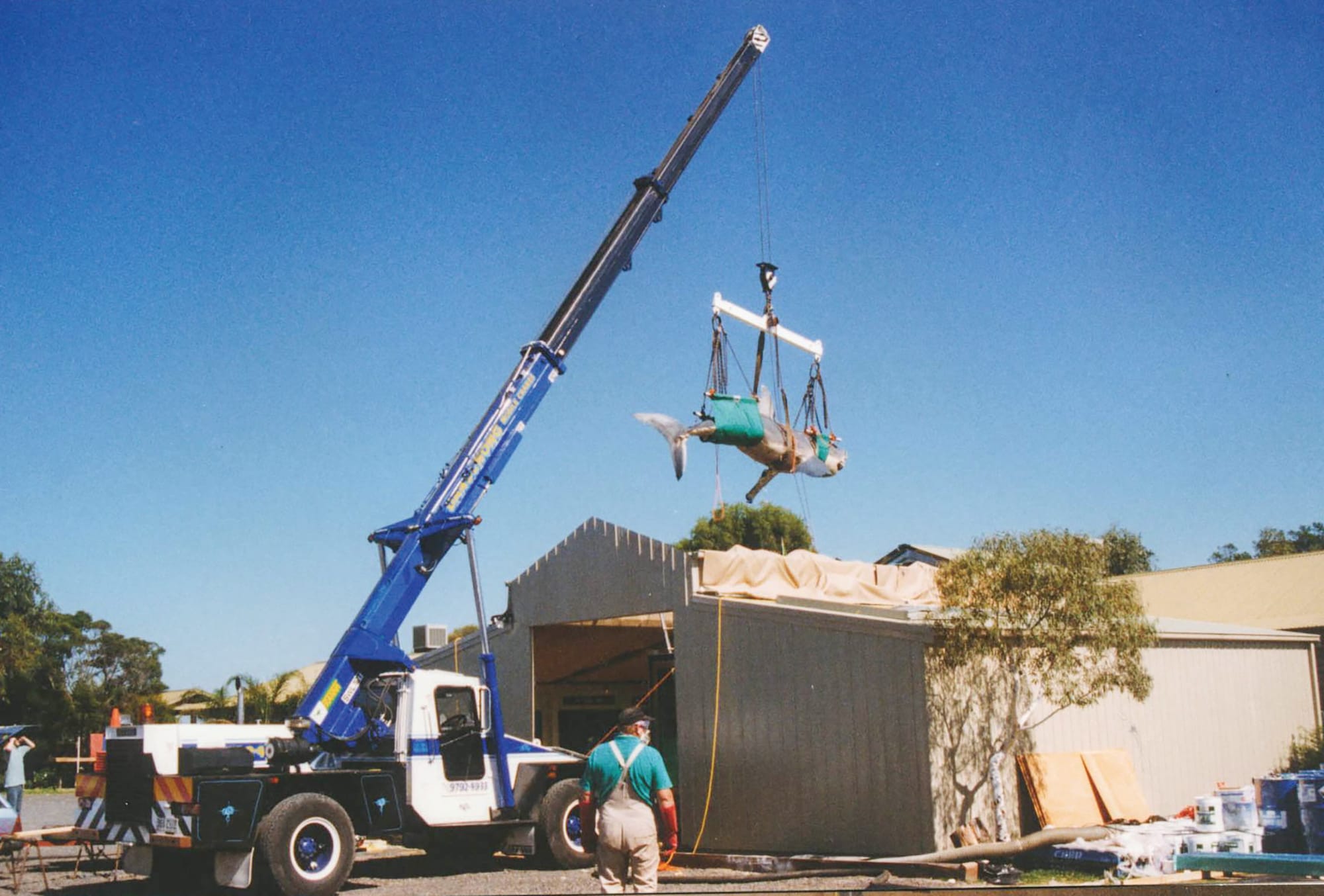
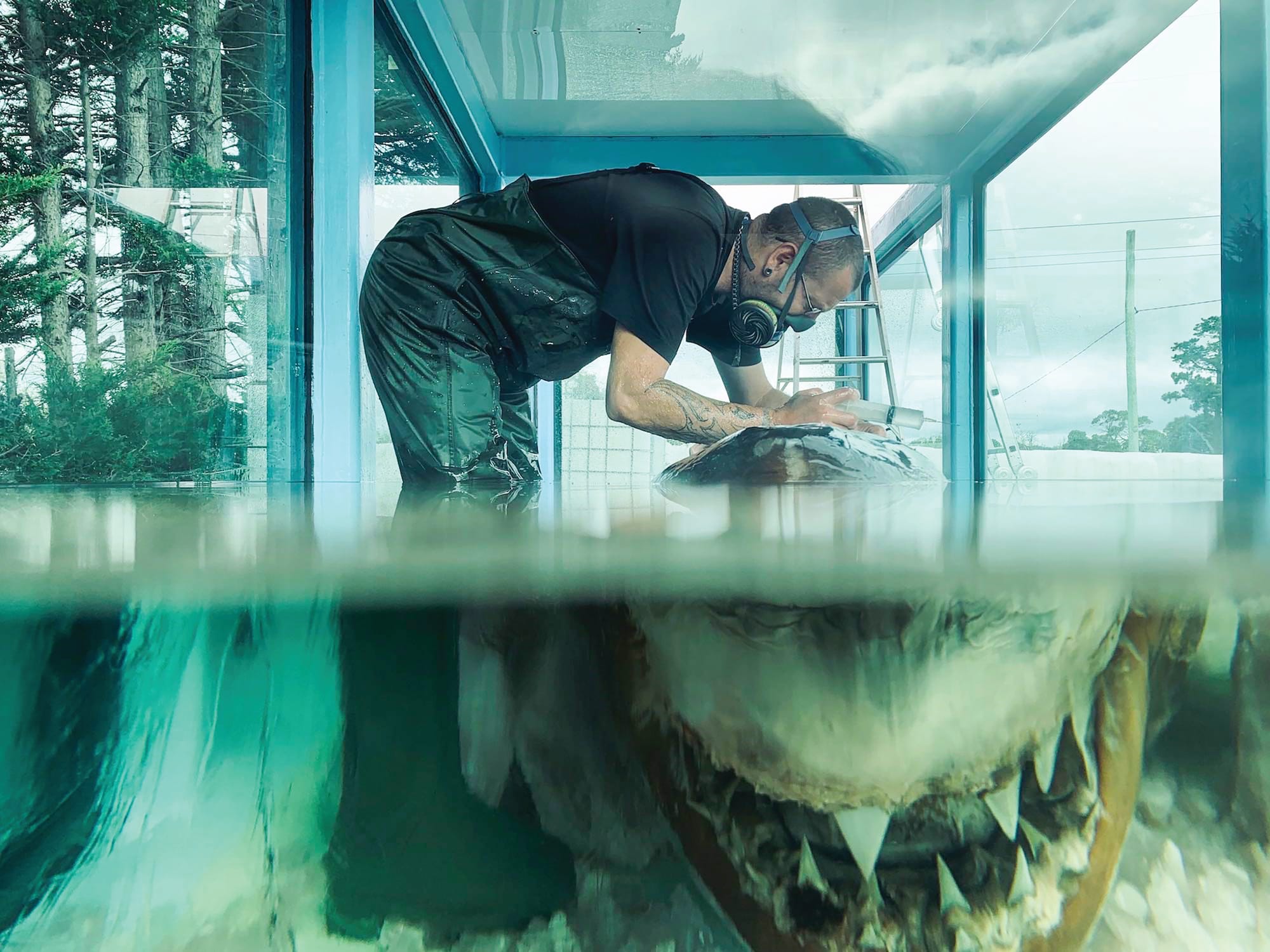
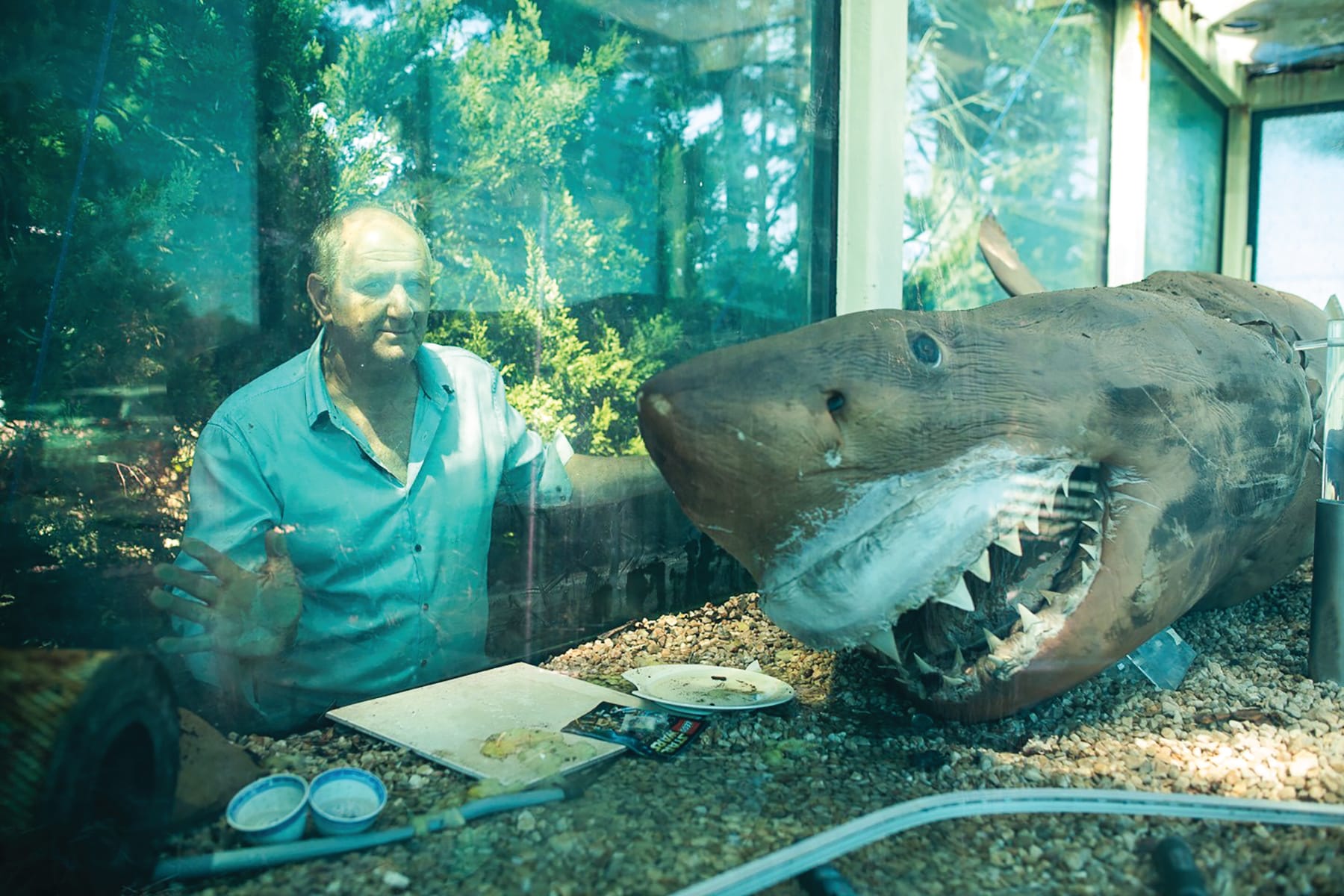
He says he has erected the jaw of a megalodon near Rosie, an extinct shark species.
“The megalodon died 55 million years ago but the jaw is about six foot high and so people stand inside and take pictures with Rosie in the background.”
Tom says the public interest in the shark – which was donated to Crystal World – is maintained with updates on their Rosie the Shark Facebook page.
Despite the considerable costs and logistical headaches of housing Rosie, he does not regret taking on the responsibility of the shark.
“No I don’t regret it. I’m proud and glad to have saved her. It’s all about preserving and educating people on natural history.
“People say we only did this for the media attention. But it’s far from it. I’m a rock shop, an educator and a scientist.”
History
Cowes real estate agent John Matthews created Wildlife Wonderland Giant Earthworm Museum in 1985 and took ownership of the shark about a decade later.
“It was a huge logistical operation, working with Melbourne Museum, and all up cost us about $500,000,” John says.
“We had to build a purpose-built room and the roof had to be removed and the shark craned in and put into a new, sealed tank. Everything had to have the right permits.
The shark once weighed two tonnes and had been stored in a purpose-built room at the museum since about 2000, before the attraction closed in 2012.
The person responsible for securing the shark as a tourist attraction back in the late ‘90s, Max Bryant, says it was a logistical feat moving the shark from South Australia to Bass.
“It was a hell of a task. Once it was killed it was put in a freezer,” Max said.
“We then moved it in a freezer truck but at the border with Victoria it was impounded by the South Australian Government, because a woman had gone missing on a beach and they thought she may be in the shark.
“So the shark was taken to the South Australian Museum where it was thawed and dissected, but the woman wasn’t found in it.”
For unlimited access to all editions, online exclusives and historical files, click here to subscribe to the Advertiser online.



